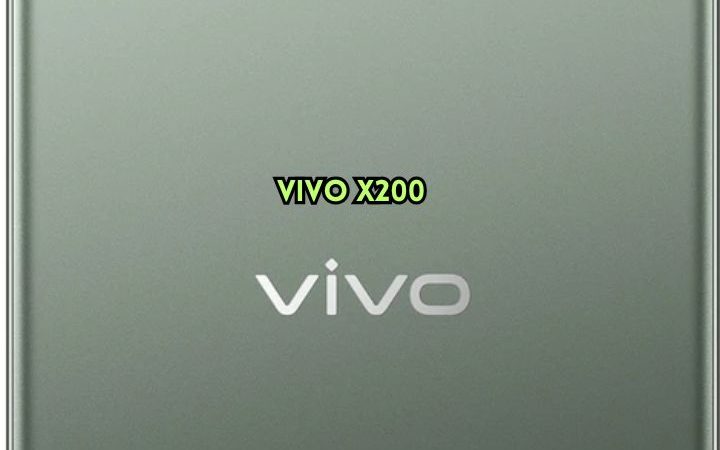Revolutionizing Speech-to-Text: How AI Technology Can Improve Your Workflow
Speech-to-text conversion has long been considered a pipe dream. After all, the human mind can process speech in real-time, without the need for any technology to supplement it. In fact, even our evolutionary ancestors had the ability to comprehend spoken language and use it as a means of communication thousands of years ago. So what does AI have to do with this age-old practice? In 2023, we’ll see that AI has played an instrumental role in revolutionizing speech recognition technology for both individuals and businesses alike—and will continue to do so into the future.
Unleashing the Voice Revolution: How AI Transforms Speech-to-Text
The way we communicate is changing. In 2023, speech-to-text transcription is no longer just a tool for professionals in the medical field or legal industry; it has become part of everyday life for everyone from doctors and lawyers to journalists and marketing managers.
With this increased adoption comes an increased need for accuracy and companies like Google have stepped up their game accordingly by creating new tools that not only improve accuracy but also make it easier than ever before to use speech recognition software in the workplace (or at home).
From Sound to Text: The Evolution of AI Speech Recognition
In the past, speech-to-text technology was limited to a few simple applications such as dictation and automatic transcription. Now it’s being used for everything from translating speech into different languages to transcribing audio files for business meetings or interviews.
AI has also changed the way we communicate with each other and with machines by making it easier than ever before for us humans to interact with computers through natural language processing (NLP). This means you can ask questions in plain English and expect an answer back from your computer in just seconds! This advance has made things like Siri possible: she listens while you talk and then responds based on what she hears.
Breaking Boundaries: AI Speech-to-Text Technology Redefines Communication
Well, let’s start with a quick history lesson: In the early 2000s, speech-to-text software was developed by IBM researchers who took an existing system called “Shakey” and applied it to real-world situations like transcribing phone conversations or translating languages. The result was an algorithm that could identify phonemes (the smallest units of sound) in spoken language and convert them into words on a computer screen.
It wasn’t until 2016 that this technology started being implemented into consumer products like smartphones and smart speakers like Amazon Echo. Since then, we’ve seen improvements in accuracy rates as well as new applications for this technology beyond simply transcribing voice recordings. For example, using machine learning algorithms to analyze audio files so they could tell you what was happening at any given moment during playback without needing any human input whatsoever!
Additionally, this technology has been extended to include languages with unique phonetic characteristics, such as Hebrew. Hebrew speech-to-text technology now allows seamless transcription of spoken Hebrew into written text, making it valuable for a broader range of applications and linguistic communities.
The Future is Spoken: Harnessing AI for Seamless Speech-to-Text Conversion
As AI technology continues to evolve, it’s becoming increasingly clear that the future of business is set. In fact, many companies are already using AI-powered speech-to-text conversion for a variety of purposes, including voice commands and transcription.
AI can be used in meetings as an alternative to taking notes or recording conversations as they happen. This makes it easier for employees who aren’t present at meetings (or those who don’t want their bosses listening in on every word) because they can simply listen back later on their smartphones or computers instead of having one person take notes while everyone else talks over each other. In addition, if someone doesn’t understand what was said during the meeting whether due to poor audio quality or their own lack of attention, they can easily look up what exactly was said through searchable transcripts created by this technology!
Language Knows No Bounds: AI-Powered Speech-to-Text Breakthroughs
The pace of innovation has always been a driving force behind progress. As a result, we’ve seen many industries transformed by new technologies in recent years, including healthcare and finance. The next step is speech recognition technology and it’s going to change everything.
In 2023, AI-powered speech-to-text will have become standard practice for nearly every industry (and most individuals). It will be used for everything from signing documents to ordering food at restaurants; from scheduling meetings to sending messages via text or email; from reading books aloud while you drive home from work so that you don’t get distracted by other tasks like checking social media accounts on your phone… You get where I’m going here!
The speech-to-text technology that we have today is amazing, but it’s still not perfect. The AI behind these tools can sometimes make mistakes when converting speech into text or vice versa. This is why there are still many people who prefer using human transcription services over automated alternatives. With the continued development of this technology in the future, however, we can expect these problems to be eliminated completely by 2023 at the latest.






